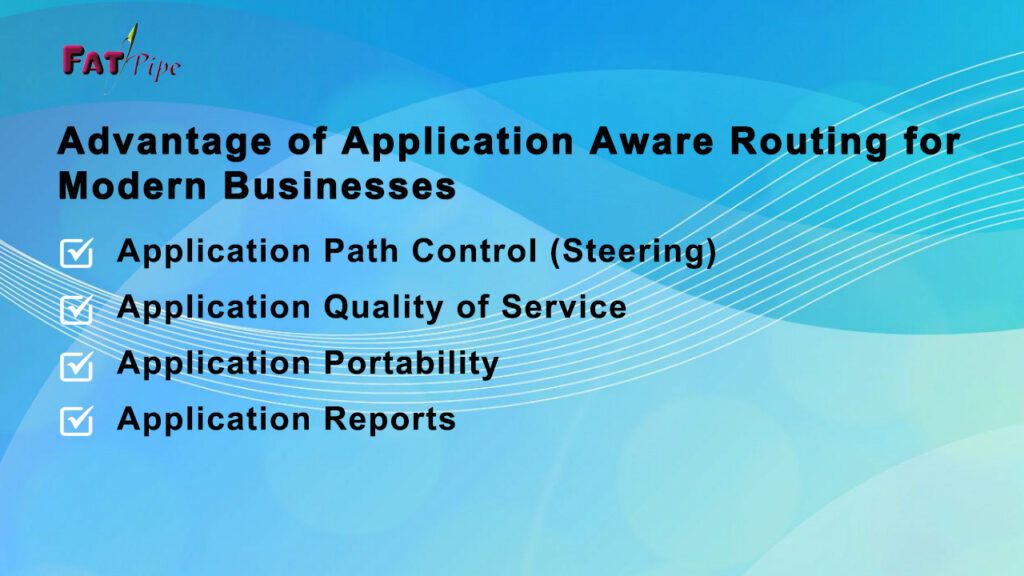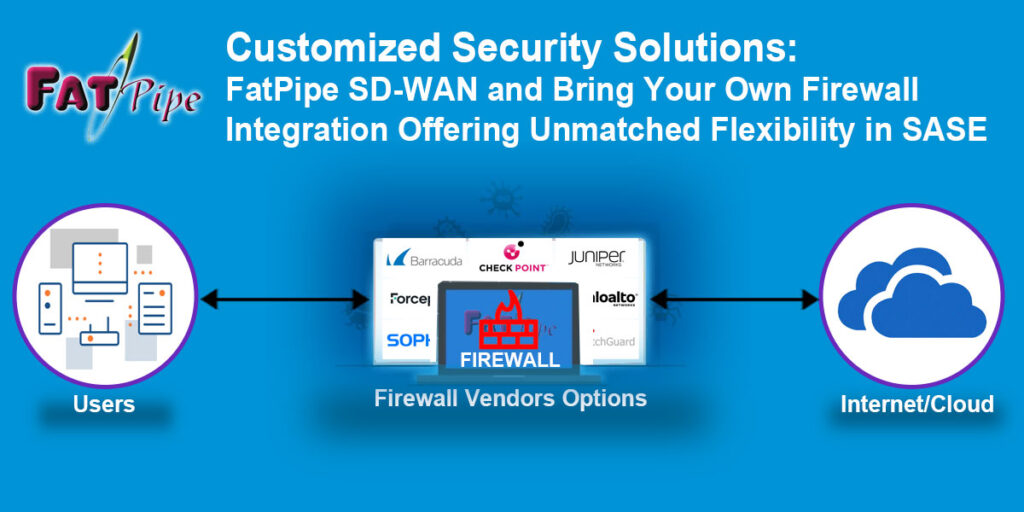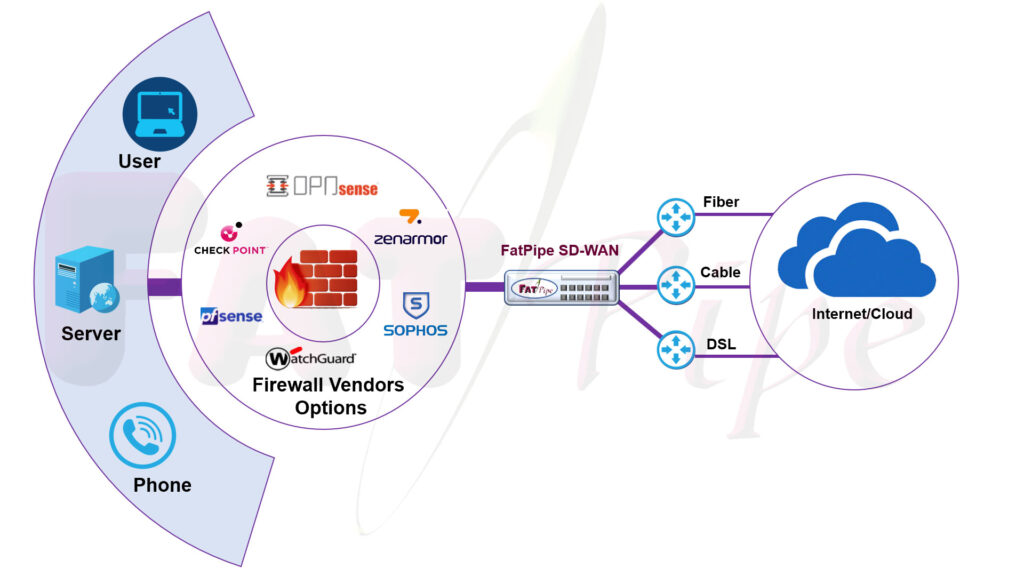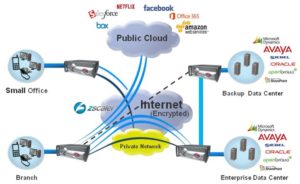Part 3: FatPipe SD-WAN for Technology Leaders
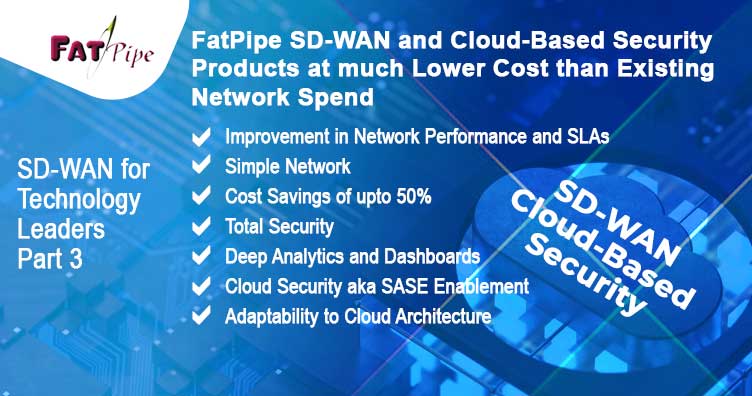
What Technology Leaders Should Look for in a Good SD-WAN: Part 3 of Our SD-WAN Insights Series
Hope you found our previous blog “What Network Administrators Should Look for in a Good SD-WAN: Part 2 of Our SD-WAN Insights Series” informative. In the next blog on this series, we have shared the set of FatPipe SD-WAN features that technology leaders including CEOs and CIOs will find useful.
Technology leadership can be a crucial achiever with regard to an organization’s operational and strategic facets. They are vested with the objective to select technology solutions that future-proof their organizations but also reduce total cost of ownership. Join us in understanding what it takes to be a good SD-WAN solution for a CTO and CIO as well as harness the full potential your network infrastructure with FatPipe SD-WAN and cloud-based security products at much lower cost than existing network spend.
Improvement in Network Performance and SLAs
FatPipe SD-WAN provides a patent-based technique to aggregate divergent media links that improves network SLA manifold even in remotest areas. Moreover, FatPipe has the unique ability of data transmission across lines without the use of dynamic routing protocols using FatPipe MPSec TM that makes network lighter, simpler, faster and more secure. Please refer to our Intelligent WAN Edge blog for more details.
Simple Network
FatPipe SD-WAN offers another patent of single IP framework across divergent links to avoid maze and complexity of managing multiple IP addresses on the device to ensure that the network is simple to manage and operate. Centralized management platform of FatPipe offers zero touch configuration and simple single-click change management for most of the use cases. This ultimately leads to enhanced performance and unmatched reliability and has potential to reduce network management manpower as the network setup becomes less complicated.
Cost Savings of upto 50%
FatPipe being the inventor of key SD-WAN features has patented and innovative ways of network transformation for reducing network TCO by 50%. Read our blog on How FatPipe SD-WAN Reduces Total Cost of Ownership (TCO) of Network Infrastructure to understand the vast SD-WAN expertise and experience, with relevant use cases for significant reduction in organizational network costs.
Total Security
FatPipe provides security that is scalable helping organizations of varied sizes with its advanced protection against a wide spectrum of threats through its blockchain level of transmission, stateful firewall, web filtering, powerful IDS and IPS, DDoS attack protection, cloud security, e-mail attachment containment, and compliance monitoring.
Deep Analytics and Dashboards
FatPipe SD-WAN protects the total infrastructure from potential risks through its focus on links, application and security reporting. It vigilantly monitors traffic patterns and identifies suspicious activities in real-time, thus placing your organization one step ahead of security breaches.
Cloud Security aka SASE Enablement
Extending SD-WAN with the security functions of SASE ensures a holistic and robust defense against cyber threats for organizations.
Adaptability to Cloud Architecture
FatPipe SD-WAN seamlessly adapts to cloud architecture thereby simplifying operations and not negatively impacting total costs.
Our teams are just one phone call / one email away for CTOs and CIOs to provide detailed presentation along with case studies on FatPipe unique features.

